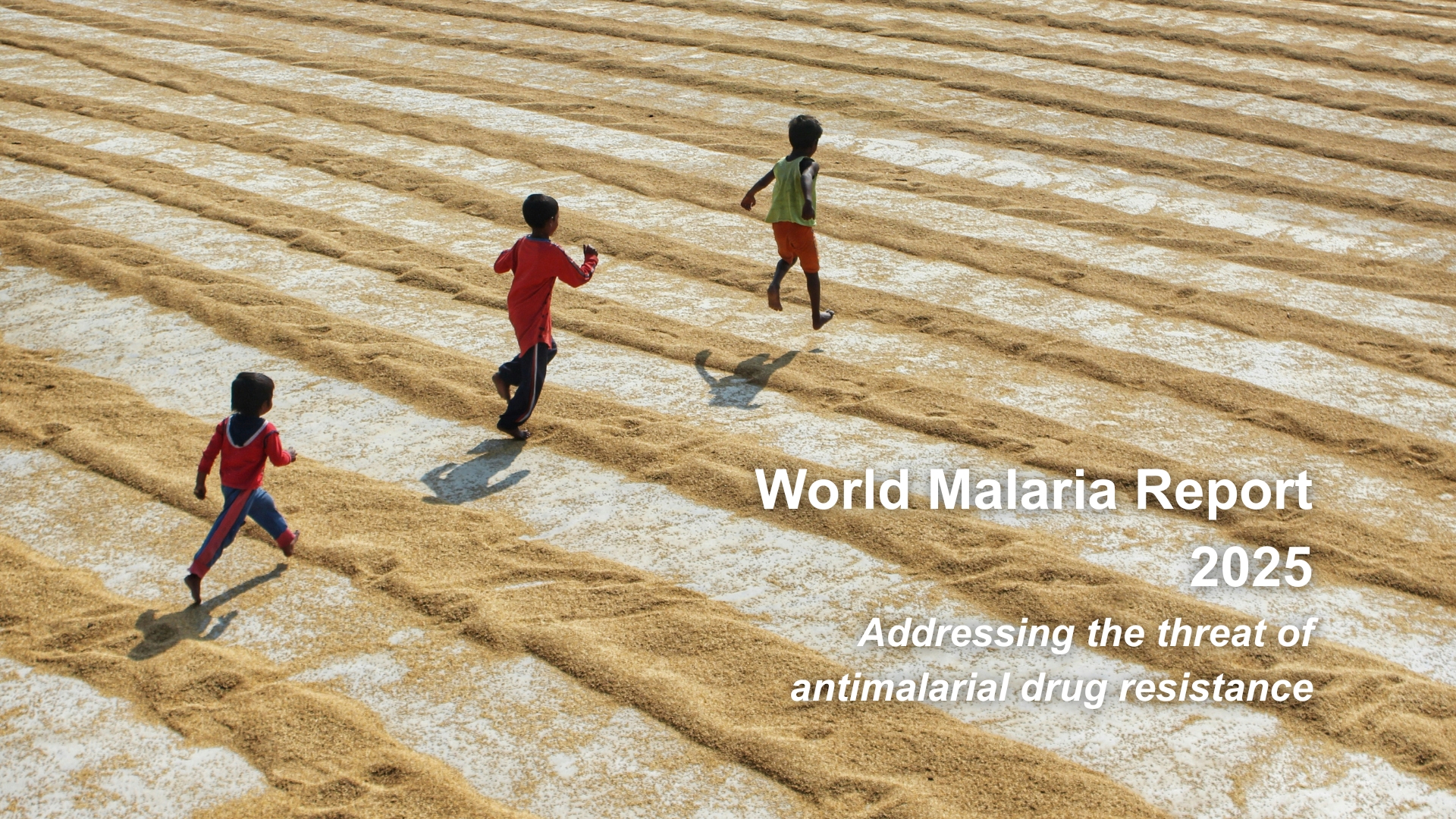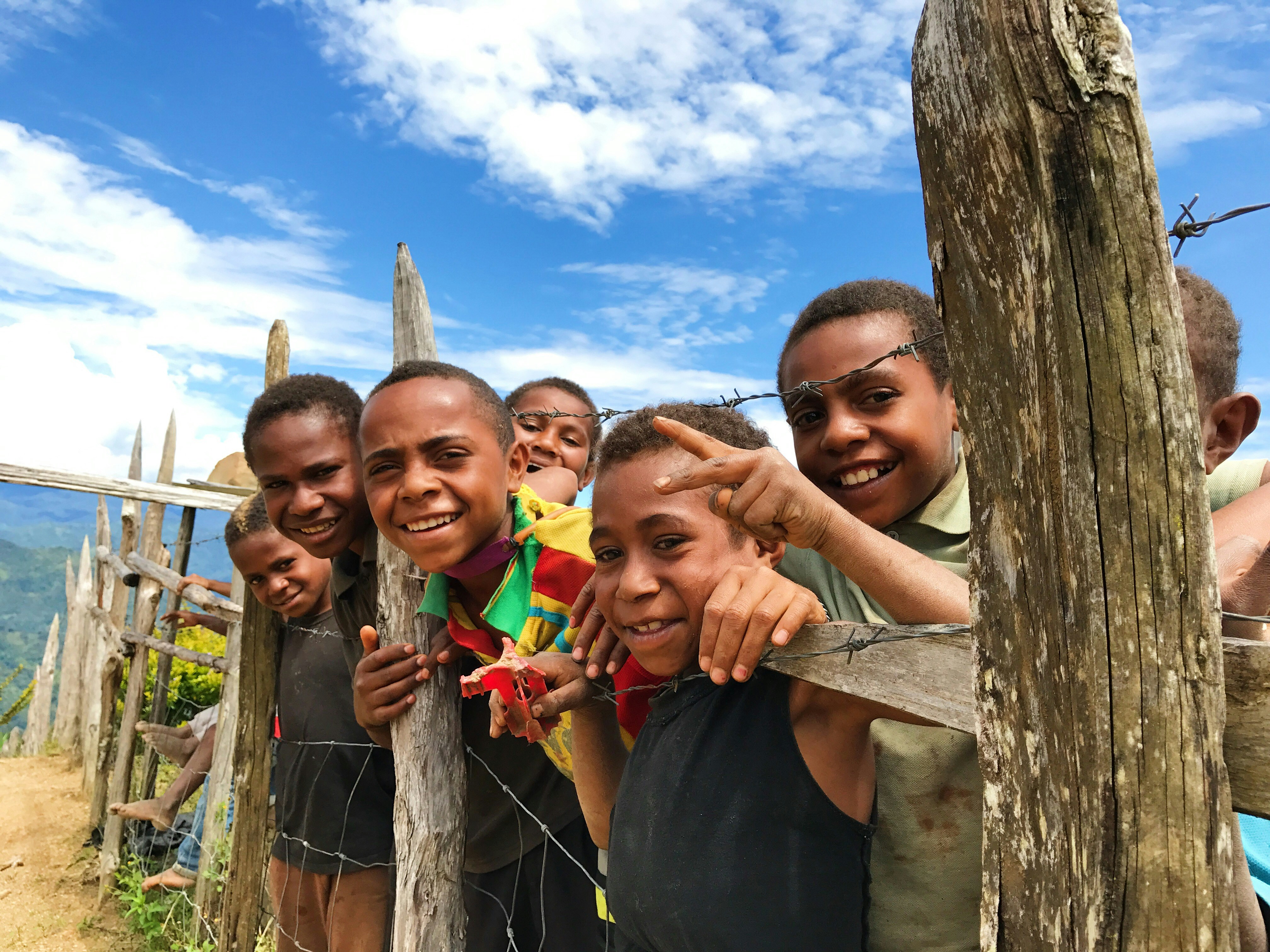
Cambodia has made extraordinary progress in its fight against malaria. The country has seen a staggering 99% reduction in malaria cases since 2019 to date, with zero reported deaths from the disease since 2018. Building on this remarkable success, the Cambodian government has set ambitious targets to eliminate all forms of malaria by 2025 and attain malaria-free certification from the World Health Organization by 2029.
However, as malaria cases decline, so too does donor funding and external support. While gradual reductions were anticipated, the abrupt withdrawal of U.S. global health aid, widespread declines in European assistance, and an earlier-than-expected reduction in allocations from The Global Fund have underscored the urgent need for robust transition planning. This rapidly evolving funding landscape presents a pivotal challenge: how can Cambodia sustain its remarkable gains while transitioning away from the external support it has historically relied on?
To answer this question, Cambodia's National Center for Parasitology, Entomology, and Malaria Control (CNM), in partnership with the Clinton Health Access Initiative and the Asia Pacific Leaders Malaria Alliance, conducted a comprehensive transition assessment from February to September 2024. This assessment serves as a timely update to the 2021 sustainability assessment conducted by the University of California, San Francisco Malaria Elimination Initiative. The objectives of the 2024 assessment were to:
1. Assess Cambodia’s capacity for an independently managed malaria response,
2. Identify challenges and barriers that could threaten long-term sustainability, and
3. Inform the forthcoming National Strategic Plan for Malaria Elimination 2026–2035.


Methodology
This assessment employed a mixed-methods approach to evaluate Cambodia's malaria transition readiness. Data collection involved conducting interviews with approximately 41 stakeholders, including officials from CNM, donors, external partners, and subnational staff across three provinces: Kampong Speu, Banteay Meanchey, and Battambang. These provinces were selected based on their malaria burden and management structures. Focus group discussions and one-on-one interviews explored operational challenges and sustainability risks across six critical domains: service delivery, health workforce, surveillance systems, stock management, vector control, and governance. Financing was a cross-cutting element across the six domains. All interviews conducted in Khmer were translated into English. The findings underwent thematic analysis and were validated through a consultative workshop held on October 28, 2024, where stakeholder feedback was integrated into the final recommendations.
Key Insights and Opportunities
The assessment's results are organized by the six domains evaluated:
1. Service Delivery
Key Insights
Cambodia's malaria services are integrated within health centers, but this integration must strengthen as donor-funded supervision decreases. Maintaining surveillance and referral systems is critical to prevent case resurgence, particularly the roles of Village Malaria Workers (VMWs) and Mobile Malaria Workers (MMWs). The current vertical community programming approach should transition toward greater integration with Cambodia's broader health system. This integration reduces duplication and enables malaria programs to benefit from ongoing health initiatives. Strong central-level coordination remains essential even as subnational levels assume greater responsibility, ensuring alignment with national goals and addressing provincial disparities. All implementing partners have prioritized capacity building as a major goal, though strategies vary across organizations due to different funding requirements and scope of work.
Key Opportunities
· Develop strategies to maintain malaria service delivery and referral mechanisms, particularly adapting VMW/MMW roles according to Prevention of Reestablishment (POR) guidelines.
· Embed malaria initiatives within the national health system through the upcoming National Strategic Plan to maximize efficiency and sustainability.
· Establish a unified capacity-building strategy among civil society organizations to synchronize government support efforts.
· Advocate for malaria's inclusion on the Centers for Disease Control and Prevention (CDC)'s priority disease list to ensure rapid response capabilities.
· Ensure ministerial ownership through a fully functional National Special Malaria Elimination Task Force, supported by provincial and district counterparts, for coordinated decision-making and long-term sustainability.
2. Health Workforce
Key Insights
Cambodia faces significant challenges in integrating VMWs and MMWs into the broader health system. While 84% of VMWs have expanded their scope to include other vector-borne diseases within CNM's jurisdiction, such as dengue and helminths, integration beyond CNM has been challenging due to complex cross-cutting structures and inadequate inter-ministerial coordination. The reduction in malaria burden has led to a decrease in VMW activities and incentives, creating challenges to retention and motivation as workers now receive support on a quarterly rather than monthly basis. Integration with Village Health Support Groups (VHSGs) has theoretical support through national strategies like the Primary Health Care Booster Implementation Framework, but lacks concrete implementation guidance. VHSGs have different scopes of work and weaker accountability mechanisms compared to VMWs. Previous integration efforts were hindered by fragmentation and insufficient involvement from the Ministry of Health (MOH) and Ministry of Interior, who have authority over VHSG management.
Key Opportunities
· Verify VMW/VHSG overlap through planned 2025 surveys to determine training needs and inform integration strategies.
· Develop a sustainable post-2025 VMW integration roadmap aligned with the new National Strategic Plan for Malaria Elimination 2026–2035 and POR guidelines.
· High-level consultation meetings of the National Monitoring and Evaluation Taskforce (NMET) to facilitate necessary inter-ministerial coordination for successful integration.
· Strengthen VHSG malaria knowledge through updated curriculum and training, supported by CNM, to ensure continued surveillance capabilities.
· Embed VMW activities within Commune Investment Plans.
3. Surveillance & Information Systems
Key Insights
Cambodia operates specific disease surveillance systems that create operational challenges for integration. The aggregate general health information managed by the Department of Planning and Health Information (DPHI) through Health Management Information System (HMIS), and the detailed real-time malaria information, operated by CNM through Malaria Information System (MIS), both collect malaria data but serve different purposes. CNM relies primarily on MIS because it captures detailed, timely case-specific data required for elimination-phase surveillance, while HMIS cannot provide the granular level needed. However, these parallel systems create staffing burdens and data inconsistencies, requiring extensive verification efforts. The current surveillance system is supported by The Global Fund. MIS is considered effective by stakeholders and has undergone significant enhancements since 2021. No comprehensive feasibility assessment has been conducted for integrating these systems, although some integration of malaria data between DPHI and CNM has taken place.
Key Opportunities
· Strengthen more interoperability between MIS and HMIS before certification to reduce operational burdens, with HMIS pulling aggregated malaria indicators from MIS.
· Conduct a comprehensive analysis of domestic funding needs for maintaining surveillance as donor support declines, particularly under finalized POR guidelines. This analysis should involve non-health stakeholders like the Ministry of Economy and Finance (MOEF) and assess requirements for maintaining a central surveillance unit at CNM.
· Future collaboration opportunities between CNM and other MOH departments should be explored to coordinate post-elimination surveillance through an integrated approach.
· CNM's successful surveillance model could contribute to strengthening the CDC's capabilities, potentially establishing a joint operating framework for comprehensive health surveillance after malaria certification.
4. Stock Management
Key Insights
The current malaria grant fund operates separate stock management systems that lack integration. CNM utilizes the MIS for real-time stock monitoring, forecasting, and supply planning, which has successfully reduced stockouts and improved visibility down to the health center level. However, MIS is not integrated with the Ministry of Health's Drug Inventory Database, which is not a web-based managed stock system for all national programs. Instead, it operates through the Central Medical Storage system, which is limited to operational district levels and provides limited granular data visibility. The grant procurement system is mandated to be conducted through external support, particularly the United Nations Office for Project Services (UNOPS) as the principal recipient, though CNM has developed strong procurement capacity and successfully manages some malaria drug procurement independently. While subnational staff report smooth operations with current systems, substantial sustainability efforts like establishing clear responsibility transition plans remains to be developed.
Key Opportunities
· Enhance training and capacity building for Central Medical Storage and CNM staff, with quarterly meetings for Provincial Health Department representatives who cannot attend monthly coordination sessions.
· Assess feasibility for creating interoperability between MIS and the planned new electronic logistics management information system under MOH's Digital Health strategy to enhance integration.
· Establish clear transition plans for health product management responsibilities through appropriate Standard Operating Procedures aligned with POR guidelines.
· Conduct post-elimination financing forecasts for future malaria health products for inclusion in national budgets.
5. Vector Control & IEC/BCC
Key Insights
Cambodia has prioritized delivering vector control interventions to hard-to-reach populations to achieve elimination. Long-lasting insecticidal nets (LLINs) and hammock nets (LLIHNs) serve as primary vector control strategies for high-risk areas, while districts with few cases do not engage in mass campaigns due to low burden. CNM collaborates with local organizations and subnational technical taskforces to deliver targeted campaigns to vulnerable groups. A 2022 insecticide-treated bed nets (ITN) survey across five provinces found that CNM's initiatives successfully provided adequate nets to households, with almost all nets in active use and good physical condition. Efforts have been made to develop culturally appropriate messaging, including recorded messages in eight ethnic languages broadcast through loudspeakers and distributed via pamphlets to reach mobile at-risk populations in forested, remote areas. However, complete reliance on donor funding threatens sustainability, with subnational staff expressing uncertainty about continuing vector control and health education activities if external funding ends.
Key Opportunities
· Continue adapting tools and messages to diverse linguistic and literacy contexts as malaria burden declines.
· Equip integrated community health workers (VMW/VHSG) with training and resources to provide malaria services, including prevention tools for mobile and forest-goer populations.
· Forecast vector control needs using POR guidance, integrate them into budgeting, and explore emergency funding options amid shrinking donor support.
6. Governance & Political Will
Key Insights
Cambodia demonstrates strong political commitment to malaria elimination, with high-level endorsement from the Prime Minister for the National Strategic Plan and the Minister of Health for the Malaria Elimination Action Framework. National, Provincial, and District Special Malaria Elimination Task Forces (PSMET/DSMET) have been instrumental in programmatic efficiency and collaboration, with malaria remaining a significant priority at subnational levels. However, gaps exist in regular national-subnational meetings, affecting strategic oversight continuity. While frameworks like the Primary Health Care Booster Implementation Framework and Universal Health Coverage Roadmap provide sustainability foundations, unclear integration with malaria elimination efforts persists. Provincial and operational district levels lack involvement in funding decisions, limiting their influence on malaria strategies and highlighting needs for greater autonomy. Despite recognition of transition planning necessity, most partners have not initiated formal exit strategies, awaiting clearer guidance from CNM and government stakeholders. Cambodia is not yet prepared for sole domestic funding reliance, though commune investment pilot projects in Battambang show promising local backing potential.
Key Opportunities
· Leverage PSMET/DSMET platforms to proactively promote resource mobilization, encouraging discussions around sustainable financing strategies for POR activities.
· Advocate and mobilize strategic backing from the NMET to strengthen national commitment toward POR activities, particularly the coordination and integration of VHSGs.
· Establish regular national-subnational meetings to improve communication and strategic oversight alignment.
· Promote local financing through commune-level investment in health initiatives to secure greater support.
· Collaborate with MOEF and MOH to design a comprehensive roadmap centered on long-term financial planning and strategic resource allocation, fostering sustained partner engagement and advancing nationally owned, self-sustaining models.
Ensuring Sustained Elimination
Cambodia stands on the threshold of becoming malaria-free, yet the most formidable challenge lies ahead: sustaining zero transmission. This sustainability assessment reveals that while strong foundational systems exist, donor transition demands urgent action across six critical domains to ensure long-term programmatic sustainability. These findings have directly informed Cambodia's Malaria Transition Roadmap 2025-2035, providing a strategic blueprint for this critical juncture.
By acting decisively to integrate malaria services into broader health systems, strengthen domestic financing, and maintain political commitment, Cambodia can safeguard its malaria-free future, as well as establish a replicable model for sustainable elimination across the Greater Mekong Subregion and beyond.
.svg)


.jpg)




.jpg)

